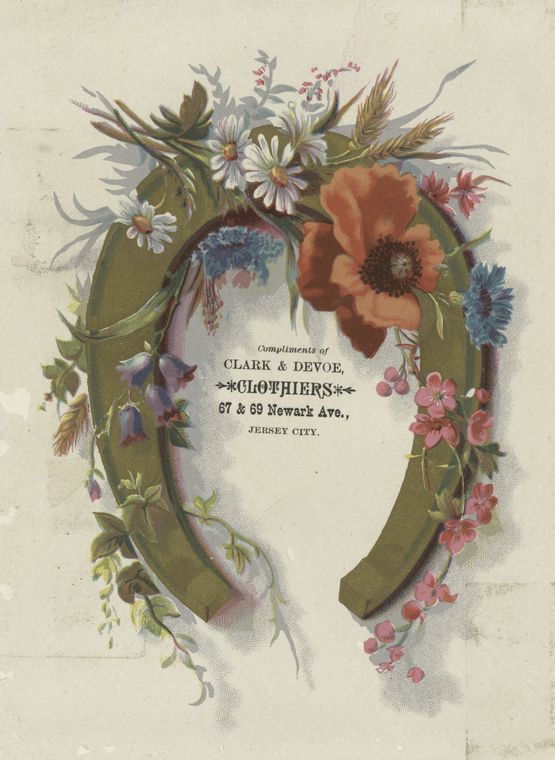The Farriers' Wish: Historical Trade Journals at SIBL

Trade and professional journals are the insiders' guides, the insider's source of information about his or her profession, business or industry. Here at SIBL we emphasize them in connection with our extensive outreach to entrepreneurs and prospective business start-ups in our sessions on Market Research (also sometimes referred to as Marketing Research). When we do that, it is only natural we stress new and current news on trends and developments. So, it's easy to forget the far-reaching historical nature of SIBL's collections of trade journals, which go back well over a hundred years.
Here's one I stumbled over a little while ago: The Horseshoers' Journal. Opening a volume to the pages of the January 1907 issue, on page 6 this article caught my eye - "The Auto vs. the Horse". In it, after lamenting the unreliability of the auto truck, just beginning to become popular as a vehicle for deliveries, including highlighting an instance where one delivery company in Cleveland switched back to the horse and wagon, the article goes on:



Just a bit more - since here at SIBL we frequently assist our reader with questions about finding statistics, here's a further quote from the same page:
"Despite the talk that the automobile means the exit of the horse, the latter is here to stay. According to the last report of the bureau of statistics of the department of agriculture, it shows that on January 1, 1906, there were 18,719,578 horses in this country, valued at over one billion and a half of dollars."
The statistic for the number of horses can be found on page 711 (link below) in the 1907 issue of Statistical Abstract of the United States (I leave the discrepancy to a typographical error in one or the other publication). And while the horse still is here to stay, they are not in as great number, as table 1239 (link below) in the 2011 version of the Statistical Abstract shows only about 7.3 million horse pet companions as of the end of 2006. A press release from the American Horse Council gives a different number, 9.5 million, which would seem to include working animals (race-horses, etc.), and points to a report of the statistical branch of the Food and Agriculture Organization of the United Nations (FAOSTAT). FAOSTAT has a nice little statistical calculator, and I'll leave off here so you can figure out how to get the statistic there...
NB: The Statistical Abstract of the United States is available online as pdfs from the Census Website.
Read E-Books with SimplyE
 With your library card, it's easier than ever to choose from more than 300,000 e-books on SimplyE, The New York Public Library's free e-reader app. Gain access to digital resources for all ages, including e-books, audiobooks, databases, and more.
With your library card, it's easier than ever to choose from more than 300,000 e-books on SimplyE, The New York Public Library's free e-reader app. Gain access to digital resources for all ages, including e-books, audiobooks, databases, and more.
If you don’t have an NYPL library card, New York State residents can apply for a digital card online or through SimplyE (available on the App Store or Google Play).
Need more help? Read our guide to using SimplyE.
Comments
That's great that the library
Submitted by KT (not verified) on September 12, 2012 - 8:11am